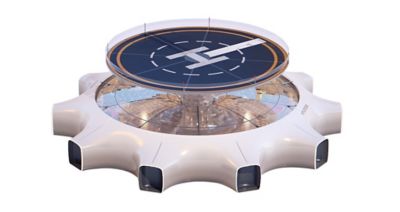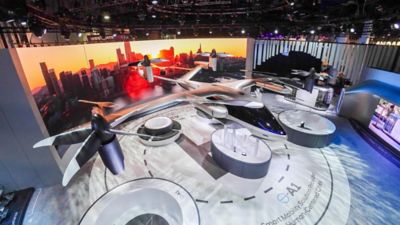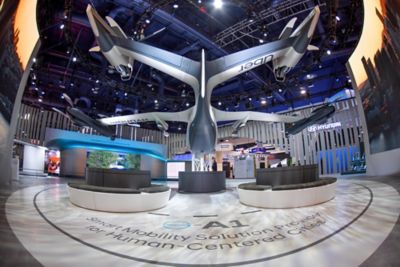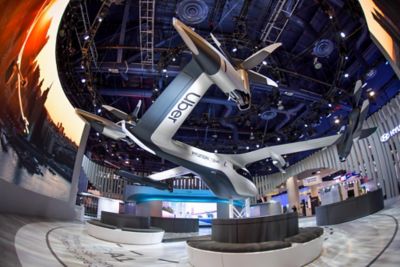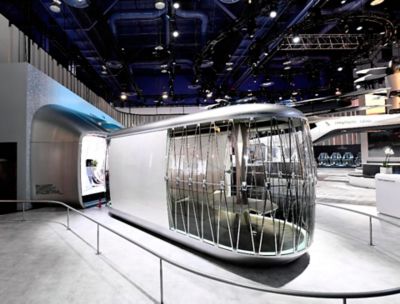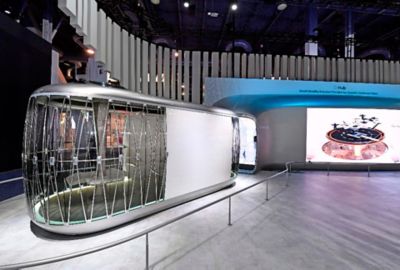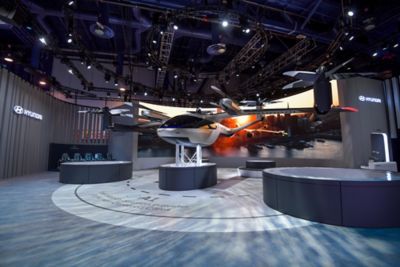
Hyundai at CES 2020.
Hyundai’s Smart Mobility Solution.
Hyundai Motor Company has unveiled at CES 2020 its innovative vision for urban mobility to help vitalize human-centered future cities.
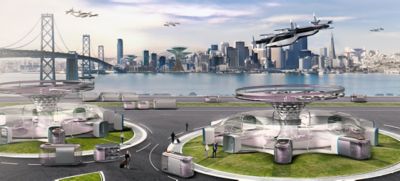
To realize the vision, Hyundai Motor showcased three mobility solutions, comprising Urban Air Mobility (UAM), Purpose Built Vehicle (PBV) and Hub, a place for mobility transfer and community activities.
Based on these mobility solutions, Hyundai aims to free future cities and people from constraints of time and space and allow them to create more value in their lives.
UAM connects the sky and the ground, while PBV links people to people on the road. These two smart mobility solutions connect at the Hub, which will be installed across future cities to form a mobility ecosystem.
Working closely together, UAM, PBV and Hub play key roles in vitalizing human-centered future cities and enriching people’s lives.
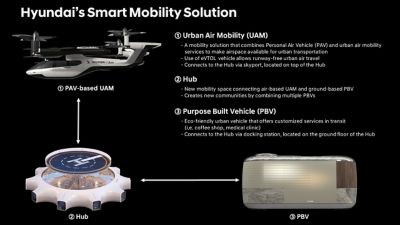
UAM, innovative mobility solution offering liberation from grid-lock.
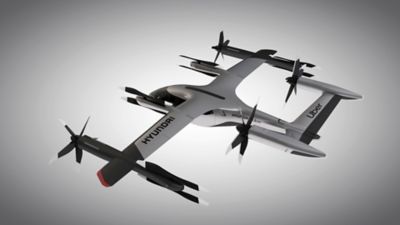
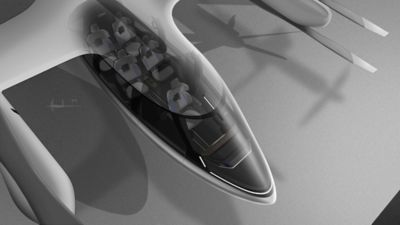
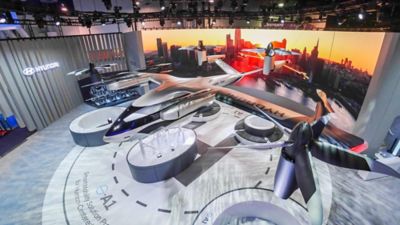
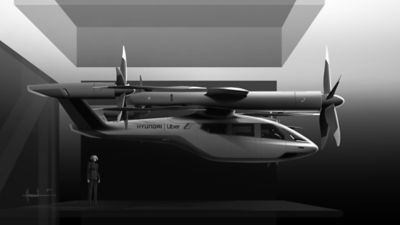
PBV, the ultimate mobility solution for all lifestyles.
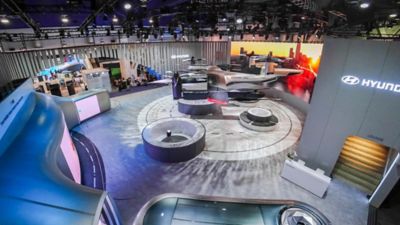
Hub, a perfectly new mobility space connecting UAM and PBV.
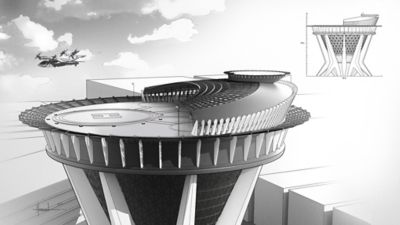
The Hub has a skyport for the PAV on the top and docking stations on the ground for the PBV to approach and depart from multiple directions.The Hub can be transformed into an infinite number of new spaces depending on how PBVs are connected.
For instance, the Hub can be turned into a cultural complex by bringing together PBVs functioning as concert halls, movie theaters, and museums. It can also be transformed into a medical complex by connecting medical service PBVs in the form of clinics, doctor’s offices and pharmacies.
